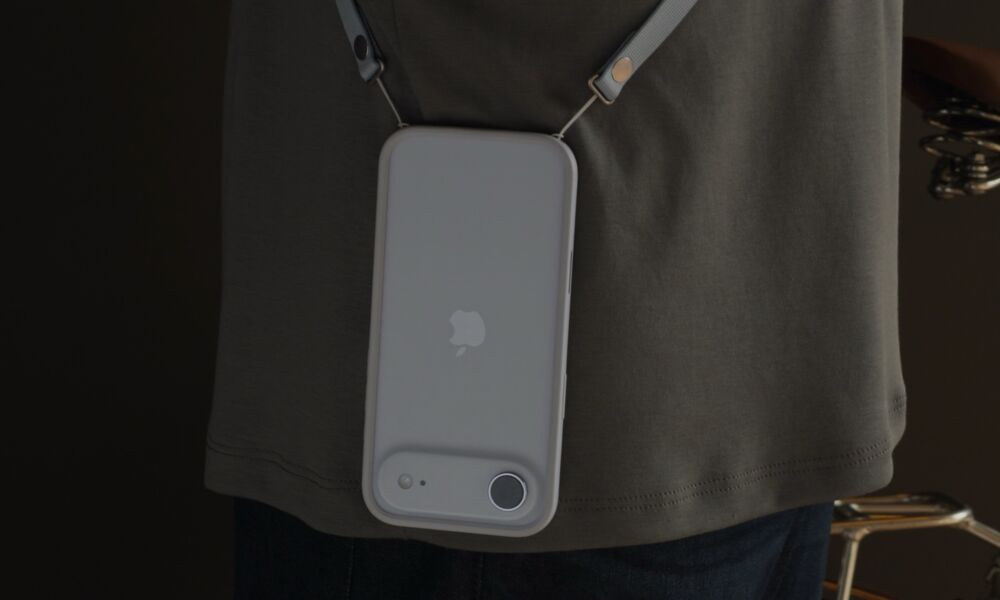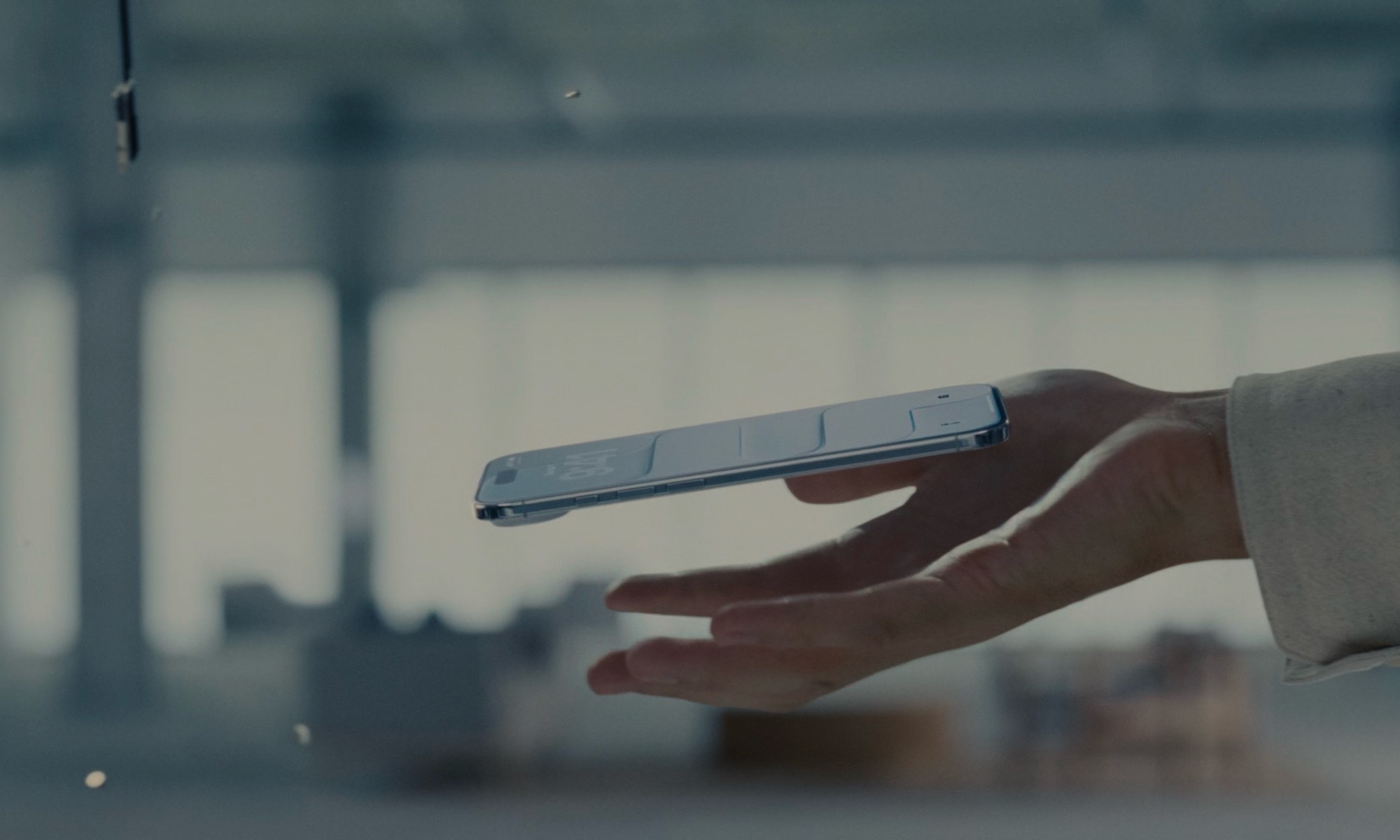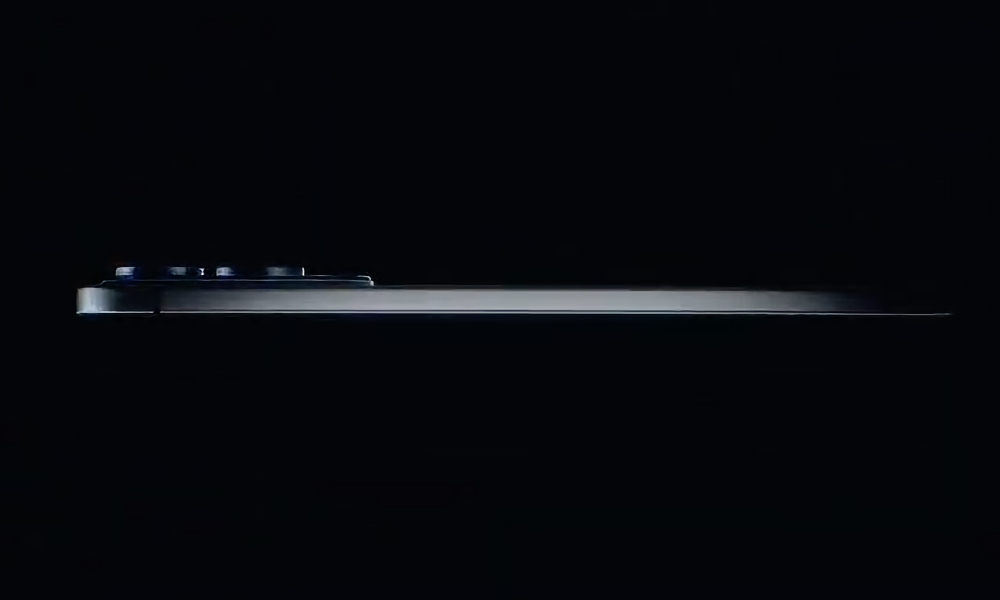The iPhone Air’s ‘Flop’ May End the Slim Smartphone Craze

Toggle Dark Mode
It appears the industry may have mistaken a niche experiment for the next big thing. While the jury is still out on whether Apple’s new iPhone Air can truly be called a “flop,” the weak demand for the ultra-slim iPhone has prompted other smartphone makers to abandon their own plans to follow suit.
According to DigiTimes, which has a strong track record of supply chain insights, Chinese smartphone makers like Xiaomi, Oppo, and Vivo have scrapped their plans to develop ultra-thin Air-style models. Some of the developments, such as eSIM technologies, have been repurposed for use in other devices, but it appears they’ve abandoned any attempts to replicate the iPhone Air.
Xiaomi, which is known for creating devices that closely resemble Apple’s designs, had reportedly planned a “true Air model” that would compete with the iPhone Air in China. Others like Vivo were simply focusing on slimming down their existing midrange models. While the companies haven’t officially commented, insiders say that they’ve wound down those projects after seeing how poorly the iPhone Air was received by consumers.
There have been mixed reports on the status of iPhone Air production, with some reports saying Apple has almost shut down production entirely while others say that production orders remain unchanged — matching Apple’s originally conservative targets
Regardless of what’s happening inside the supply chain, it’s obvious the new model’s sales have paled in comparison to the more standard iPhone 17, iPhone 17 Pro, and iPhone 17 Pro Max. Inventory levels alone demonstrate that it wasn’t a hot commodity, with stock readily available in stores long after the other new models had gone on backorder.
While some have been quick to label the device a misfire, others, like Bloomberg’s Mark Gurman, have pointed out that Apple never expected it to be a popular model. Instead, it was believed to be a proof of concept and a “technology exercise” to prepare for the foldable iPhone that’s expected to arrive next year.
Gurman also refuted reports that Apple had “delayed” the launch of a second-generation iPhone Air, pointing out that it was never intended to be on an annual cycle — a fact hinted at by Apple’s decision to leave it numberless.
From that perspective, it’s hard to call the iPhone Air a “disappointment” if it met Apple’s objectives. However, these new reports leave us wondering if the industry simply fell for a strategic head fake. After all, whether by accident or design, Apple led its competitors down a garden path — forcing them to invest millions in “Air-killers” that consumers simply don’t want.
It’s clear that where Apple leads, others follow — sometimes even from ahead. Samsung released the Galaxy S25 Edge earlier this year in what felt like an attempt to beat Apple to the punch, but that device hasn’t fared any better. It seems that the market for luxury ultra-slim smartphones isn’t any bigger than the market for 5.4-inch models. It’s unclear if Apple fully realized that when it debuted the iPhone 12 mini five years ago, but there’s little doubt that it wasn’t under any such illusions with the iPhone Air.
Still, Apple’s decision to release such a device made all of its rivals perk up and start trying to replicate the design, presumably believing that it must be a good idea if Apple was pursuing it. Now, two months after the device launched — and a year after the rumors of the “iPhone Slim” first began circulating — everyone else is reversing course. Meanwhile, Apple is still reportedly planning a sequel in the next few years, but if the iPhone Air is indeed just a blueprint for the upcoming foldable, then the concept hasn’t died — it just hasn’t been folded yet.
[The information provided in this article has NOT been confirmed by Apple and may be speculation. Provided details may not be factual. Take all rumors, tech or otherwise, with a grain of salt.]








